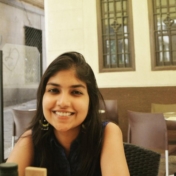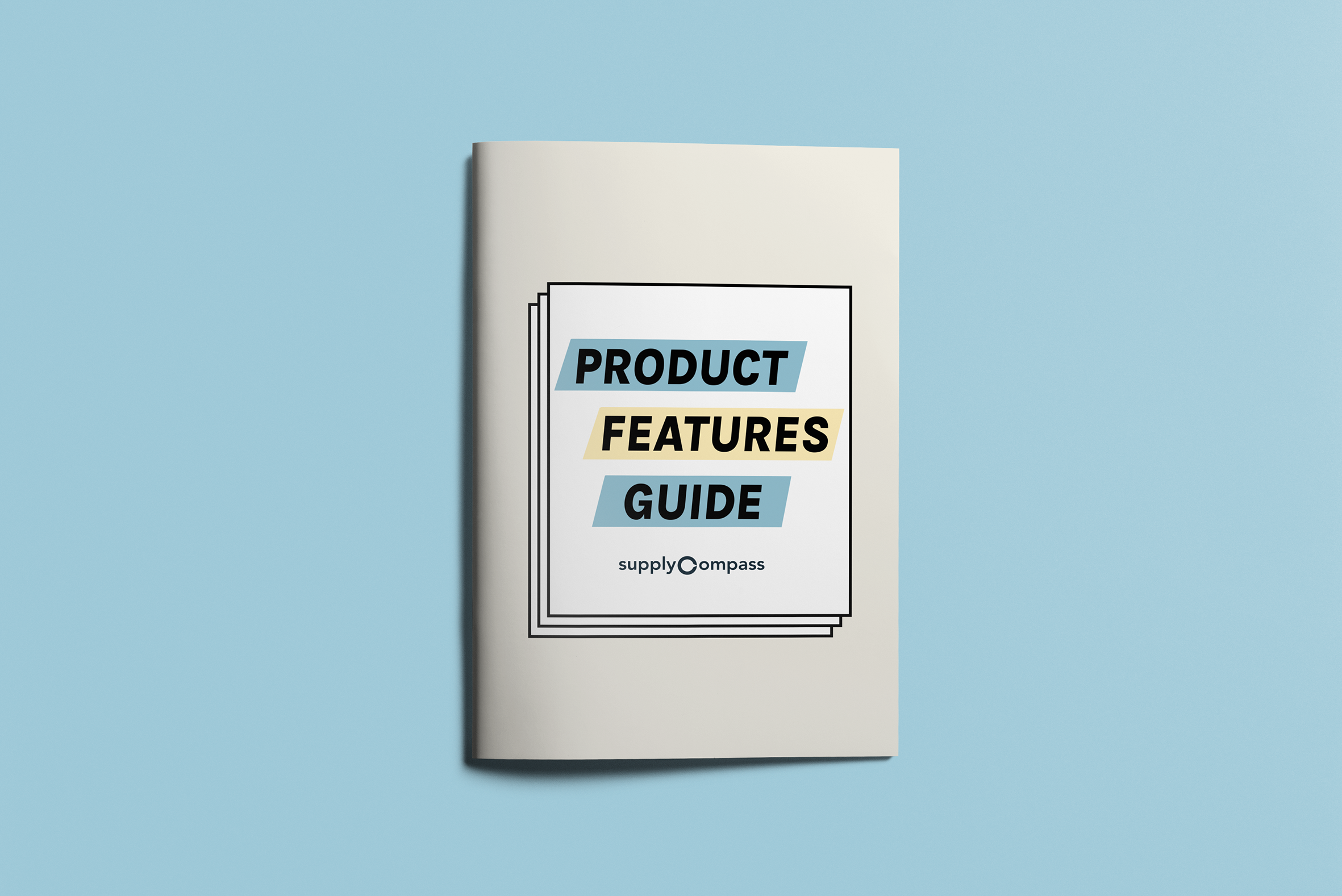Perspectives from Re:Down
3 min read Sep 4
All photography provided by Re:Down
SupplyCompass speaks to Eric Firmann, Co-Founder of Re:Down, a business recycling post-consumer down and feathers for insulation in the apparel and bedding industries. Based in Hungary, their revolutionary process has been used by companies like Tommy Hilfiger, Arket, Cos, H&M and Everlane for their puffer jackets. Eric walks us through their innovative process, how they have coped through the pandemic, and what his visions for a circular industry are.
Perspectives is a SupplyCompass series that focuses on our supply chain partners operating at the intersection between innovation, efficiency and sustainability, to help shape more inclusive conversations in the fashion industry.
What is Re:Down? Can you explain to us how and why Re:down started?
At Re:Down, we recycle down and feathers from post-consumer goods collected all over Europe. The down and feathers are extracted, washed and sterilized so that they can be re-used in apparel and bedding items.
We started Re:Down after we realized that down is a precious resource and that there is not enough to supply the growing global demand. It is a durable material that can be recycled.
We offer a large range of recycled filling materials, from 100% feathers up to 90%down/10%feathers. But we also sell the organic fertilizer we make out of the down and feathers waste.
Re:Down can be used as filling material for down jackets, sleeping bags, duvets and pillows, and decoration inner cushions; there are lots of applications for it.
What is the process of recycling down and collecting post-consumer waste?
The recycling process is pretty simple :
- We collect post-consumer goods through textile waste containers. Down and feathers items are a small fraction of the huge amount of clothes and home textiles collected but still a significant volume.
- We check every single piece and classify the goods into eight categories, according to the quality of the filling material.
- We extract the filling material.
- We sort it based on the composition of down/feathers we want to reach.
- We wash and sterilize the material.
We also take care of the fabric shells that are prepared to be recycled into insulation and our own down and feather waste is recycled into organic fertilizer.
How much lesser is the environmental impact of recycled down versus virgin down?
In both cases, you are talking about recycled materials. Virgin down suppliers often present their material as a recycled product from the meat industry, which is correct!
Re:Down is a recycled product as well but from post-consumer goods. We close the loop of a circular economy system and in this way, we help to reduce the amount of textile trash.
Re:Down is also less water consuming:
- We save the water that would be used for raising more animals.
- We save the water that would be used in slaughterhouses.
- We use less water when reprocessing Re:Down because our raw material has less fat residues compared to virgin down.
How have you adapted your business in this uncertain time during the pandemic? What are your biggest challenges at the moment?
Our business is seasonal. Down jackets are produced mainly for winter and the COVID-19 pandemic hit Asia and then Europe and the USA just at our peak season. We had to be very flexible! Some brands had to change their factory and we had to re-route the down, many brands had to change/reduce their quantities and then increase them again a few weeks later. It was a very challenging time for our production and logistics.
How have you supported your factory workers?
Luckily in Hungary, we could work almost normally during the entire crisis time. The country closed the borders at an early stage to avoid mass contamination.
At our end, we stretched the working hours and organized smaller shifts so that we had fewer people working together at the same time. When someone from the staff had to travel abroad, he had to be tested before returning to work.
Everybody appreciated those safety measures and as a result, nobody from the team turned sick.
What changes do you think you will be seeing in the fashion and textile industry once this pandemic is over? What do you hope to see?
The pandemic is unfortunately not over yet but we can see some fundamental changes in the industry already:
- Sustainability was an important topic before, it is the most important topic now.
- People will travel less. Even though human contact will always be needed, we have learned very fast to use new tools to communicate more efficiently.
What tools and technology do you use at the moment to manage production? What sort of technology would you like to see being developed that will make your operations easier?
A part of our operations are still very manual — the down and feathers are extracted from post-consumer goods mainly manually.
We want to change this to mechanical extraction thanks to automated machines. There is a double efficiency in this; it is economical and more worker-friendly.
What are the most important values to you as a business owner and what are your visions for Re:Down in the future?
We have been pioneers for 5 years when we launched Re:Down, offering a true, concrete circular solution to the fashion industry.
Now, circularity has become the main focus of the industry, and we are very happy to see this evolution! Saving resources and creating the best value out of waste is in our DNA.
We have lots of projects within Re:Down but we are also working on other innovations with different materials next, after down and feathers…
Focusing on our supply chain partners operating at the intersection between innovation, efficiency and sustainability.
Nayanika is a designer, writer and illustrator whose work spans research, storytelling and strategy for sustainability in fashion. Her interests specifically lie in sustainable supply chains, craft production/innovation, circular economies and design for social innovation. She graduated from the prestigious MA Fashion Futures program at London College of Fashion with a Distinction in 2019, and has researched at and written for Centre for Sustainable Fashion and Fashion Revolution, amongst others.
More on our blog
We’ve launched our comprehensive Product Features Guide!
We’ve just launched The SupplyCompass Product Features Guide. We break down all our 95+ features and sub-features, explaining how you can use them and what makes them tick—so you can understand how SupplyCompass can help SME fashion brands like you.
Right Thing #5 - The name of the game is Agility
In agility, there’s a real emphasis on co-creation, on a cycle of continuous improvement, production and distribution with regular reflections on how to be better by constant fine-tuning and adjusting. Brands and supply chains being agile will, no doubt, be the most successful — and sustainable — organisations of the future.
Here’s how tech enables sustainability
What’s the first thing that comes to mind when you think of sustainability? Data is rarely the answer. Watch/Listen to Co-Founder and Head of Product Flora Davidson explain how technology can enable brands to embed sustainability principles into their business.
Get started with our platform
Read the Right Thing
Subscribe to join sustainability nerds, production gurus and thought leaders from companies like Ganni, Adidas, AllBirds and Finisterre & become part of the 10,000+ community who get The Right Thing—a fortnightly letter straight from our Co-Founder’s desk.













